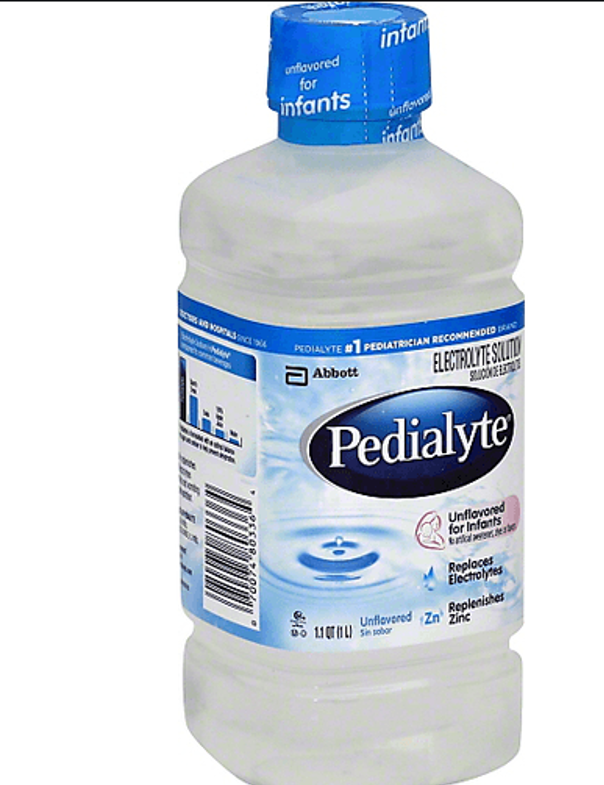Health and Safety Guide
- Home
- Health and Safety Guide
Due to the high altitude, semi-arid climate, and a plethora of very remote destinations, traveling in Tibet presents a unique set of health concerns. Malaria and odd strains of para-typhoid are of no concern here, but you should definitely take precautions to cope with the high altitude and coincident exposure to the sun.
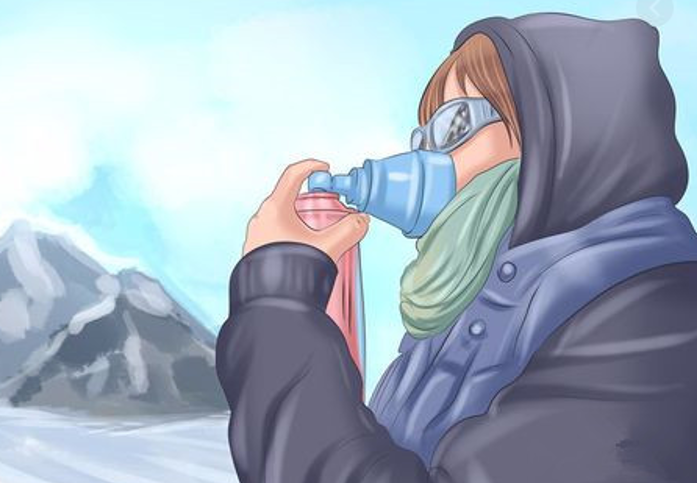
What health conditions do not recommend visiting Tibet?
1. People suffering from pulmonary disorders
2. People suffering from cardiovascular disease
3. Pregnant women
4. Children younger than aged three
5. Visitors with a severe cold, a high fever, acute

Why recommend visiting your doctor Before Going to Tibet?
We recommend you visit your doctor or health-care provider well in advance of your departure date to get the most up-to-date health information. Many cities have designated travel clinics that specialize in vaccinations and provide travel-related health information. Your healthcare provider will prescribe the appropriate vaccines and medications depending on your health and immunization history, the regions you will be visiting, and your planned activities. To ensure optimal preparation, see a health-care provider at least 4–6 weeks before your departure date. This will allow sufficient time for your vaccines to take effect by the time you leave.
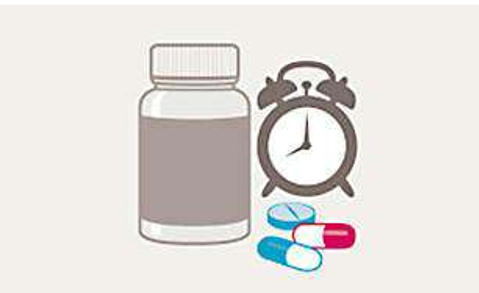
What kind of factors that you need to be concerned about when visiting Tibet?
Tibet is also called the roof of the world and it has totally different environment and geographical formation,
1. Altitude sickness will be the main issue
2. Dry air and intensive solar radiation
3. Diarrhea
4. Jet lag
Here we have some basic Tibet Travel guidelines for you to travel healthy and return safely by knowing the reality and learning its preventions;
Physical Preparation:
1. Begin a regular exercise program well in advance of your trip, especially if you live at a low elevation. Day hikes in your regimen, working up to the maximum suggested number of hours for your intended trek.2. Wear the gear that you plan to take on your trip, so you know you will be comfortable in it. In particular, break in any new equipment (boots and pack, for example) before you go. Even if you do not plan to go on extended treks, regular exercise will help protect you from altitude sickness.3. You should have a high level of physical fitness if you are planning to take more challenging treks. You should be engaged in regular aerobic exercises – for example, swimming, cycling, running, or hiking while carrying a load on your back. Stamina is a key aspect – both physical and mental. Remember that altitude is a significant factor, and a slow but steady pace is the best way to endure in the mountains.
What is Jet lag?
Jet lag is a combination of fatigue and other symptoms caused by traveling across several time zones. It results from the body’s internal rhythms being out of step with the day-night cycle at the destination.

How to overcome Jet lag?
1. Consider taking Melatonin, but please consult a doctor for the use of the Hormone.
2. Avoid alcoholic beverages and caffeine on the flight which disrupt your sleeping schedule.
3. Drink plenty of water and sleep as much as you can.
4. Exposure to sunlight upon arrival is helpful in alleviating jet lag.
5. Eating less will reduce the burden on the stomach.
6. Wear light and loose layers of cloth during the journey will make you more comfortable.
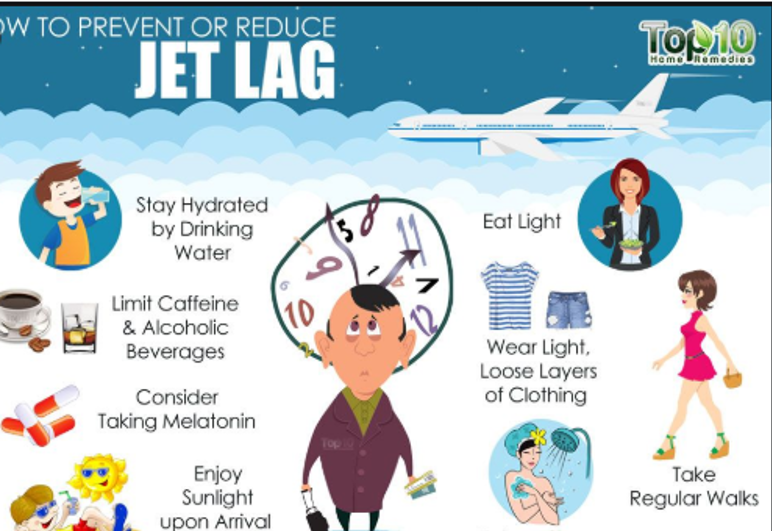
What is High Altitude Sickness (AMS)?
The average altitude in Tibet is 4,000 m, its geological features and rich culture and tradition attract travelers from everywhere, and more and more visitors are longing to travel to the mysterious highland. Meanwhile, they are worried about altitude sickness.
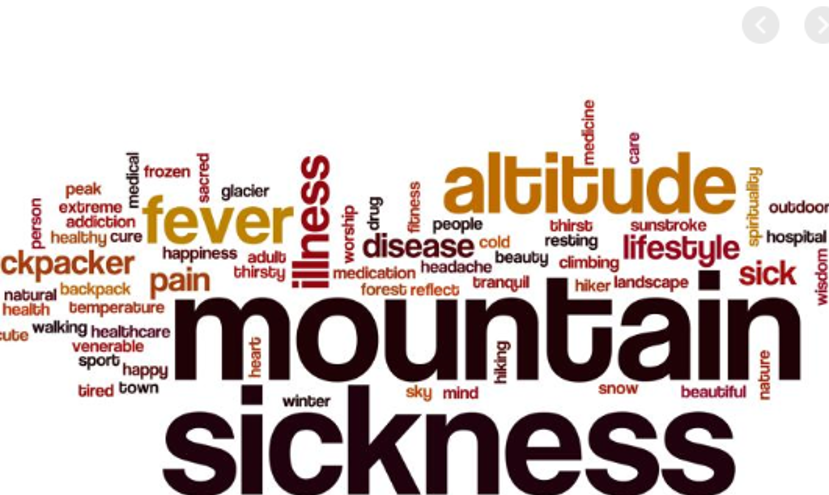
Experts advised that tourists to Tibet should have a scientific and better understanding of the illness to prevent and challenge it. All our trips are designed by arranging a few days of acclimation in Lhasa at the beginning of the tour and then slowly increasing their altitude tolerance, Though there are several antidotes available to buy from local shops like herbal tea or Rhodiola drinks, it only works for some people, may not help some times, so it is strongly advised you to consult a travel clinic before you leave and come prepared with your own remedies.
Causes of Altitude Sickness (AMS):
Altitude sickness, also known as acute mountain sickness (AMS), is a pathological effect of high altitude on humans, caused by acute exposure to low air pressure (usually outdoors at high altitudes). It usually occurs 3,000 meters above sea level.
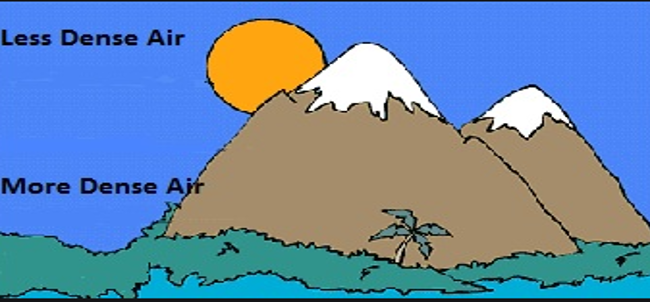
Cold, high fever, and extreme fatigue all could lead to altitude sickness.

The rates of acute altitude sickness 3,000 m, 3,700 m, 3,900 m, 4,520 m, and 5200m above sea level are 40 percent, 57.3 percent, 63.8 percent, 89.24 percent, and 100 percent, according to a survey. However, experts point out that human bodies have a very magical capability of acclimation.
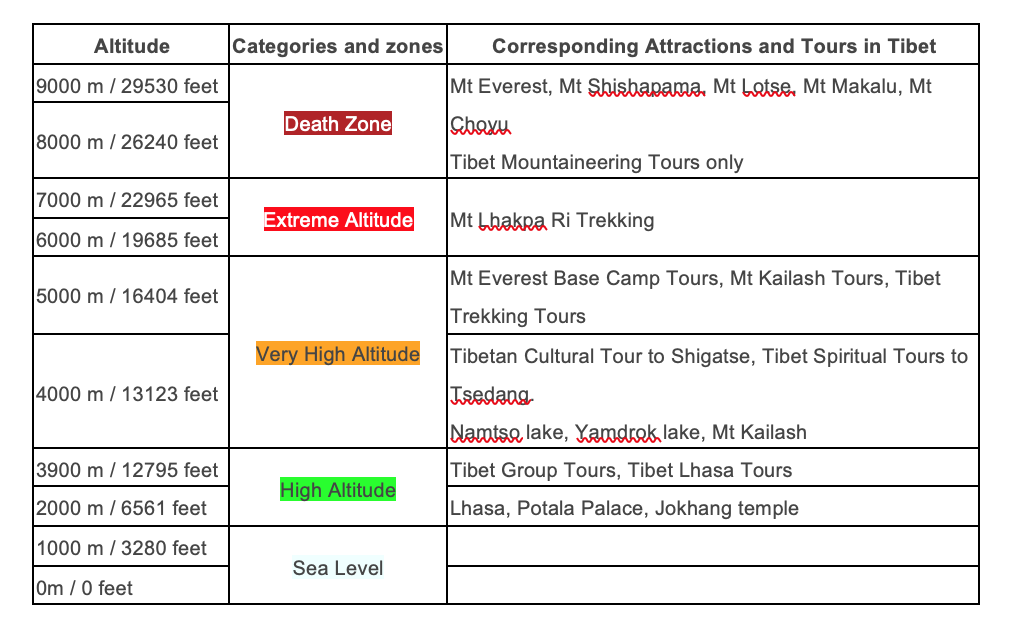
In China, as breakthroughs have been made in the causes and treatment of altitude sickness, the cure rate of the two most common acute altitude sickness — high altitude pulmonary edema (HAPE) and high-altitude cerebral edema (HACE) — has reached 99 percent. Therefore, altitude sickness is not that scary. Altitude sickness is divided into acute and chronic altitude sickness according to the length of time a person stays on highlands
Acute altitude sickness refers to the illness that happens on the spot or within the following days after the person arrives on a highland or goes to areas with a higher altitude.
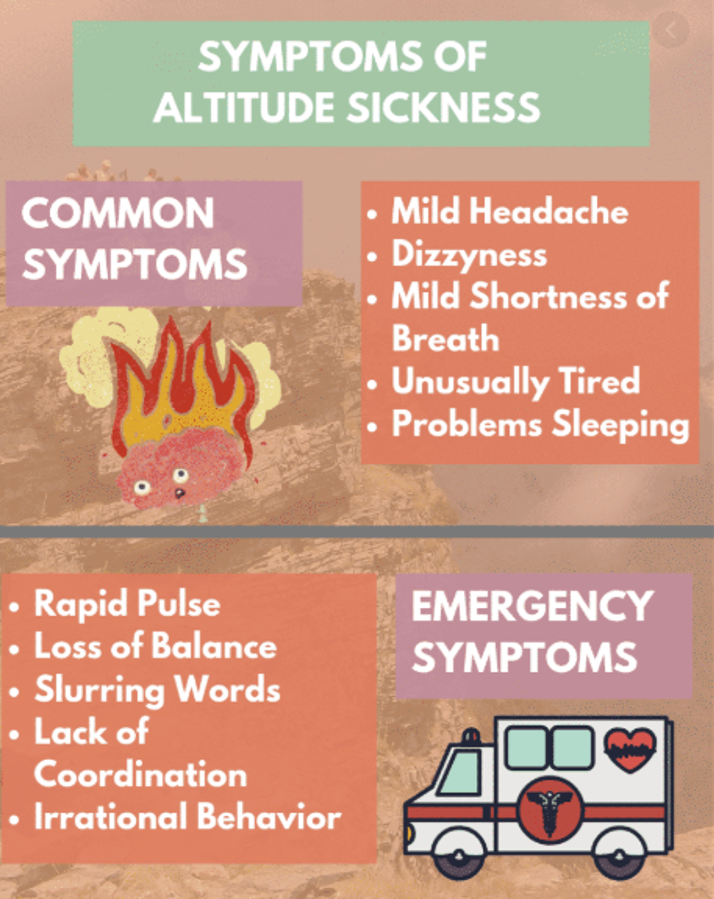
Symptoms of altitude sickness
1. Common symptoms: ache, dizziness, palpitations, lack of strength, nausea and vomiting.
2. Clinical symptoms: altitude reaction, acute high-altitude pulmonary edema, and high-altitude cerebral edema. HAPE and HACE can exist simultaneously.
Prevention of Altitude Sickness (AMS):
1. Visitors should have a proper rest and avoid strenuous activities days before they get into Tibet.
2. You should try not to carry heavy things or run and avoid outdoor activities After getting off the plane.
3. Taking some medication (Nifedipinum, Nuodikang Capsule, and Suoluomabao Capsule three days before arriving in a highland may help some people prevent the occurrence of altitude sickness.
4. Drink plenty of water and sleep as much as you can.
5. Eat enough carbs and high-calorie foods, so pack plenty of healthy snacks and high-calorie foods.
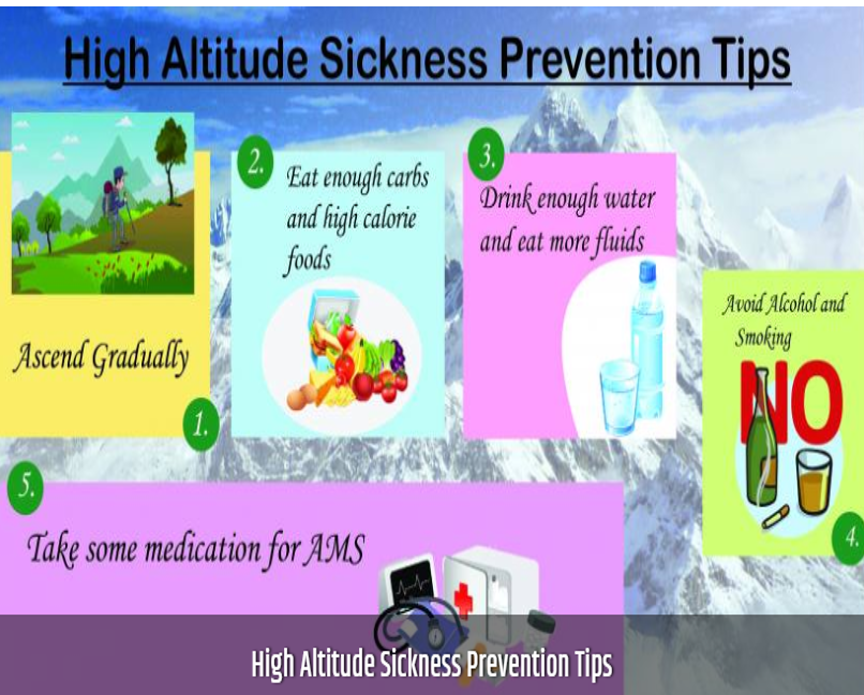
Treatment of Altitude Sickness (AMS):
1. Proper rest and taking in oxygen can both help relieve altitude sickness. If a patient does not show any sign of improvement after three to four hours, he/she should go to a hospital for treatment.
2. See your doctor before visiting Tibet and ask him or her to check your overall health and prescribe Diamox.
3. Follow the directions for use carefully and drink lots of water. You can also bring along medicines for minor ailments such as painkillers and throat lozenges.
Sunburns in Tibet
Tibet is well known for its rich culture and tradition, peculiar geographical formation, and friendly people. Moreover, stunning views of natural lakes and mighty peaks under the sunny blue sky are one of the “Dream holiday” destinations. A little bit of precaution can help that perfect plateau holiday from turning into a sunburned and uncomfortable week of redness.
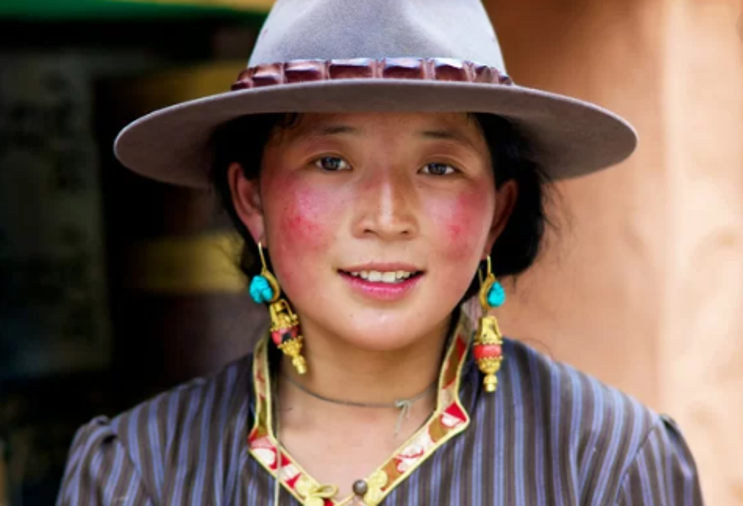
Cause of Sunburns
The main cause of sunburns is not the sun itself but the ultraviolet energy. Just to complicate matters, there are three main types of ultraviolet (UV) energy, designated A, B and C. Erythema is what your skin gets after a day in the sun, which is redness, some slight swelling, and pain. Doses of UV energy and its effect on the skin are measured in units called minimal erythema doses (MED). This MED represents the smallest doses of UV energy to cause that “sunburn” appearance.
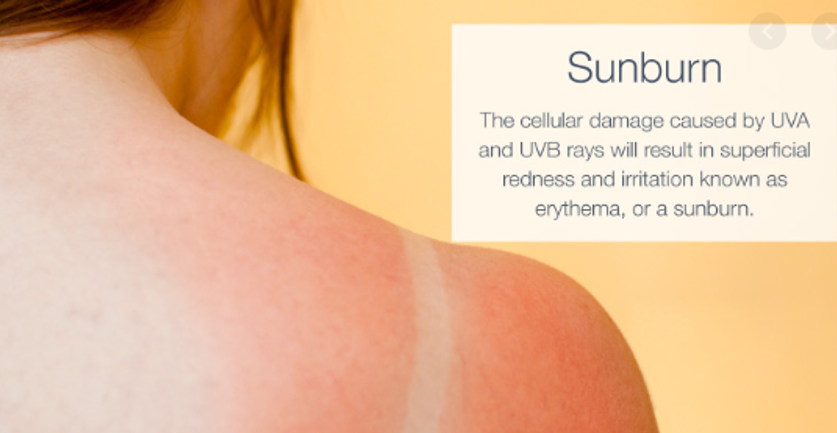
Explorers are typically exposed to both UVB and UVA. Almost all of UVC is absorbed by the Earth’s atmosphere. There is increasing evidence that shows both UVA and UVB can be harmful to human skin and both can cause skin cancers.
UVA rays penetrate the skin more deeply and are largely the cause of aged skin and wrinkles. UVB is generally responsible for most “sunburn” effects and has traditionally been thought of as the cause of most skin cancers.
Ideally, All our clients are highly advised to make sure to protect themselves with a sunscreen that blocks both UVA and UVB.
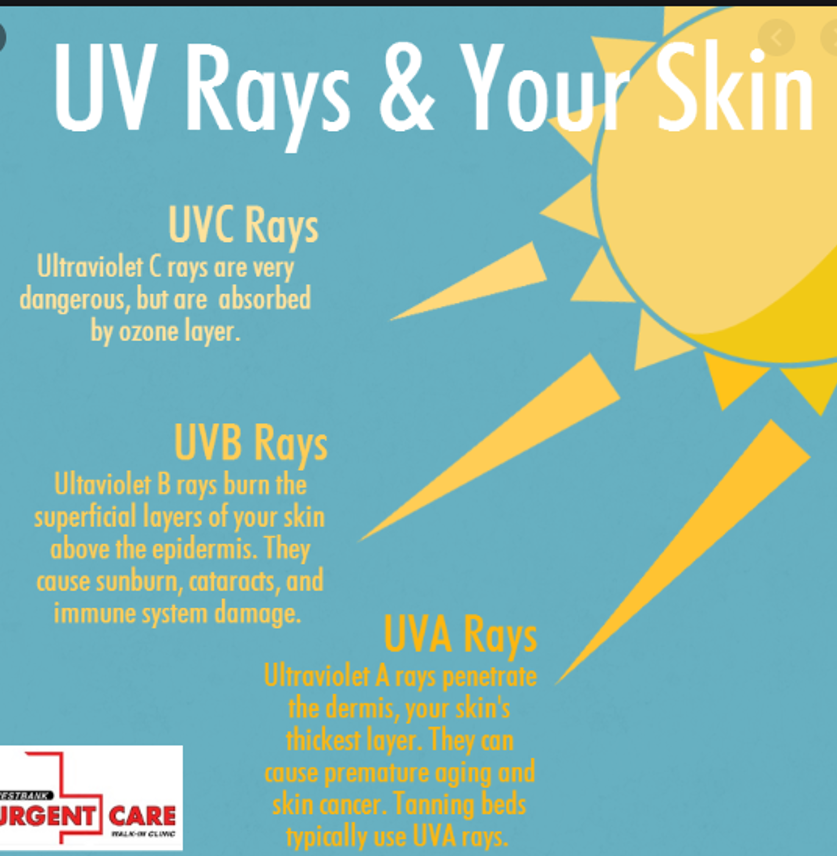
What is SPF?
Sun protection factor (SPF) is the ability of a sunscreen to protect skin from ultraviolet-induced erythema (sunburn). This SPF number is calculated based on the length of time it takes to cause one MED in protected versus non-protected skin. Basically, SPF is the amount of time it takes to cause a sunburn in someone with sunscreen protection versus someone who is unprotected. At present, most sunscreens protect largely against UVB only, although there are some products that are beginning to protect against both UVA and UVB.
| SPF: | % UVB absorption |
| 2 | 50.0 |
| 4 | 75.0 |
| 8 | 87.5 |
| 15 | 93.3 |
| 30 | 96.7 |
| 50 | 98.0 |
Clearly, one can see that UVB protection increases with the higher SPF, and the use of SPF 30 is becoming more and more advised.
What is in the sunscreen?
The ideal sunscreen spreads onto your skin easily, does not cause allergies, or pimples, and does not stain clothing. PABA (para-aminobenzoic acid) is the most common cause of sunscreen dermatitis and affects 4% of people. Creams and lotions spread on the skin well. Oils spread very easily but may cause pimples. For extreme conditions, a wax or ointment will help resist skin chapping. Aerosols are often wasteful and leave parts of the skin over-coated and others under protected due to difficulty in ensuring even spray.

How to Apply Sunscreen
Apply liberally to all areas of exposed skin including the backs of hands, ears, nose, and neck.
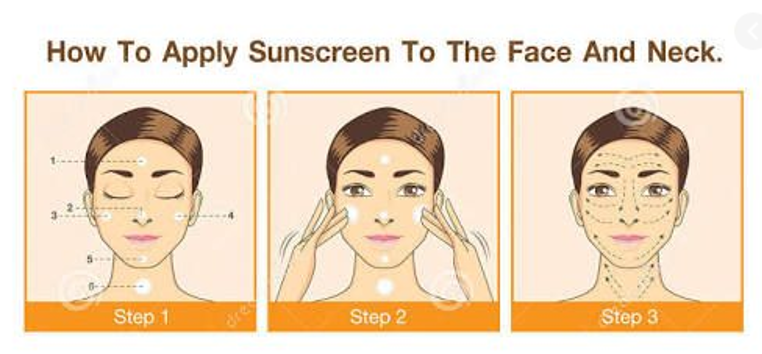
Sun protective clothing
Clothing that has been tested and proven to block UV energy is designated by the term Ultraviolet protection factor (UPF) which is identical to SPF for sunscreen.
The tightness of the fabric’s weave is most important in determining how effective it will be in blocking UV energy. A good example of this is Lycra which can block nearly 100% of UVR when relaxed but only 2% when stretched tight. A typical white cotton t-shirt has a UPF of about 5-9.
Wide-brimmed hats are especially good for protecting the face, head, and ears. Sunglasses should be labeled to protect against UV energy and side shields do work in decreasing the amount of UV absorbed by the eyes.
Treating a Sunburn
Sunburns are largely self-limiting and will typically resolve on their own. Treatment is largely centered on relieving symptoms. Skin moisturizers and cool compress or cool water baths may help decrease the pain.
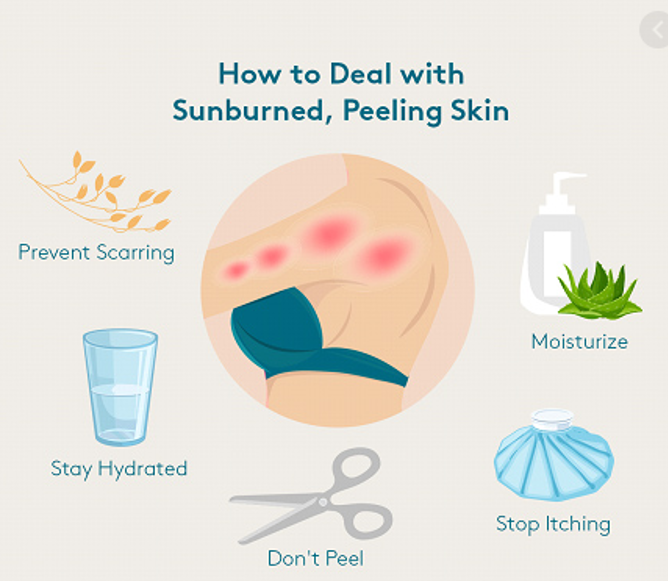
Home treatment for Diarrhea
Adults: Make sure you do not become dehydrated if you have diarrhea. Drink plenty of fluids.
Ø Regular soda or soft drinks may be selected to replace lost water but avoid milk.

Ø Try to eat a BRAT (Banana, Rice, Applesauce, and Toast) diet, but try to avoid greasy or fatty foods.

Ø After the diarrhea stops, avoid alcoholic beverages and spicy foods for two more days.
Ø Avoid strenuous exercise until you feel better because it increases the risk of dehydration.
Children: Dehydration is also a concern.
Ø Very young infants pose special problems because of their increased risk of dehydration. They should be offered a bottle frequently. Solutions such as Pedialyte may be more appealing than water. These fluids also contain necessary salts lost with diarrhea. But avoid salt tablets. They may worsen diarrhea and should never be used.
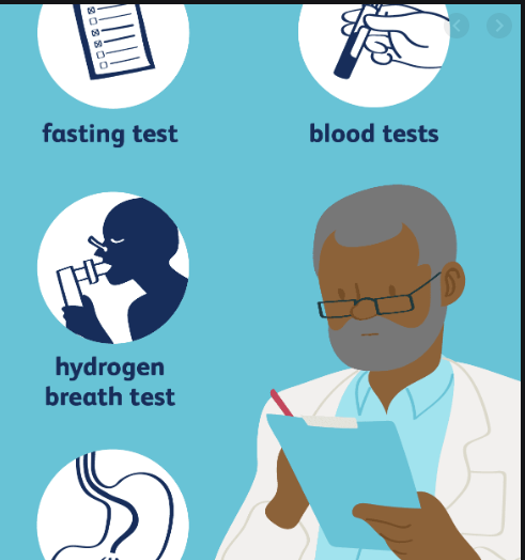
Ø Children with frequent stools, fever, or vomiting should stay at hotel daycare until these symptoms go away.
Ø If it gets worse, then go to the hospital and accept Medical Treatment for Diarrhea
Safety Concerns
Here are a few things to watch out for and ways to stay safe in Tibet.
6 SAFETY TIPS FOR TRAVELERS
1. Do your research before you travel.
Make an effort to learn about the country, the political situation, and the cultural norms, you may want to consider registering with your embassy or consulate before traveling to Tibet. For example, Chengdu provides good safety tips, advice, and additional links such as the Department of State International Travel Information Site.
2. Don’t show off your wealth.
Since the reports of pickpocketing and similar acts rarely happen in Lhasa city remember that showing wealth will only make you more appealing to scammers and pickpockets. Avoid carrying too many luggage pieces and buy a small lock for your luggage.
3. Get travel insurance.
A: Obligation insurance (we will buy it for you). All the Tibet travel companies are compulsory to buy obligation insurance for the clients, and we have basic business liability insurance.
B: Travel insurance (Recommended), it will be wise for you to obtain your own travel insurance from your home country. Travel insurance usually covers trip interruption, flight cancellation, emergency medical evacuation, medical expenses, etc. In case of a medical emergency in remote places of Tibet, you will most likely be taken to the nearest medical facilities or airport by car, where you can catch the next flight to a better-equipped hospital in Mainland China. If your travel insurance company is not able to send you a rescue helicopter, you want to make sure that you can at least receive reimbursement for all your expenses.
If you are not so sure where you should buy your travel insurance then World Nomads Global Travel Insurance is trustworthy by covering residents of over 150 countries, with high levels of medical and evacuation coverage, 24-hour emergency assistance, and coverage for a large range of adventure activities.
You can buy WorldNomads.com policies online 24/7, from anywhere in the world, even if you’re already traveling. As plans often change when abroad, you can also extend your policy and even claim online. World Nomads is one of the first choices for many world’s leading travel brands such as Lonely Planet and Nat Geo Adventure.
Click here to get a quote for your travel insurance.
4. Have emergency info at hand.
You should save contact numbers for the local emergency services (police, fire department, and ambulance, and for your country’s embassy, especially the number of your travel agent, and your guide). Besides, learning the basic emergency phrases “in the local language like “I need help” is also a good idea.
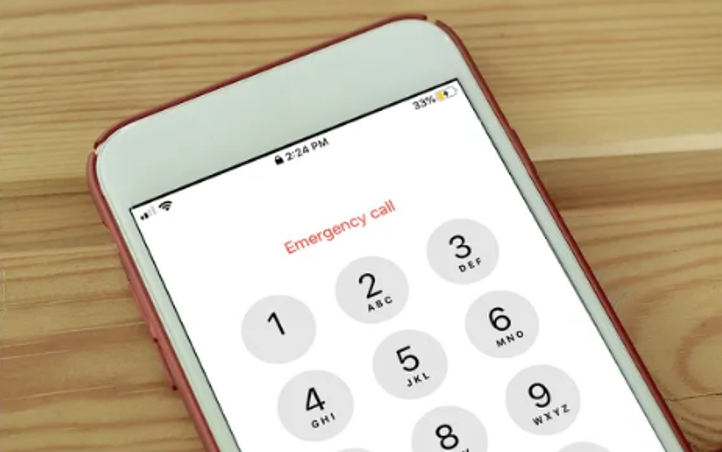
5. Manage your money.
Bring a little cash also with two or more credit cards. Notify your bank in advance that you’ll be abroad, or you may find your card blocked for suspicious activity. When out and about, always carry a small amount of cash with you.
6. Keep your belongings safe
Be sure to make copies of all the important documents: passport, health insurance card, credit, and money order receipts, etc., and leave one copy with a family or trusted friend.
Note: Reach us so that our travel guides can help you with your tour. We will try our best to help you to make your vacation smooth and comfortable.

